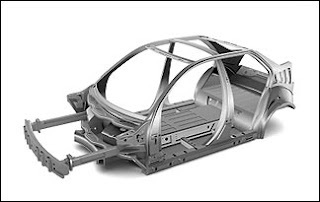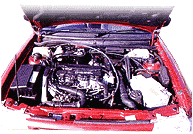Brindaavanam (2010)
Brindaavanam (2010) Cast & Crew :: NTR , Kajal & Samantha Music :: Thaman S Director :: Vamsi Paidithalli Producer :: Dil Raju Cassettes & CD's On :: Aditya Music -= TrackList =- 01 - Theme of Hero - Geetha Madhuri , Rita & Ramya download 02 - Yuvakula - Remo Ferandes , Ranjith , Revathi download 03 - Eyi Raja - Shankar Mahadevan , Shreya Ghoshal download 04 - Nijamena - Karthik , Suchitra download 05 - Vachadura - Koti Garu , M.M.Keeravani Garu , Ranjith , K.K download 06 - Oopirage - Rahul Nambiar download 07 - Chinnadho - Savithri , B.Vasantha , Muralidhar ,SukhwinderSingh ,Geethamadhuri ,BabaSehgal download 08 - Mojjarey - Baba Sehgal , Ranjith , Nikitha Nigam download CLICK HERE TO DOWNLOAD ALL THE SONGS




